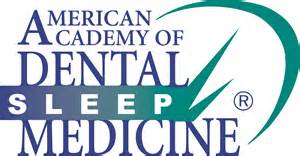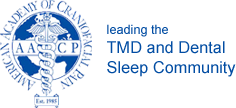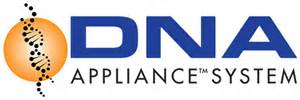iCAT Technology Improves TMJ and Sleep Apnea Treatment
/Dental technology is always evolving, seeking to improve the efficiency and effectiveness of dental practice. It is important for dentists to continue to evaluate and bring new technologies into their practices as they become available. Dentists should do this whenever a technology offers true benefits for patients. One technology that we think will be very helpful for our patients is the iCat.
What is the iCat?
The iCat is a cone beam 3-D dental imaging system that creates high definition images for increased accuracy and performance. Unlike traditional x-ray and imaging machines, the iCat can take both 2-D and 3-D images of the patient’s anatomy in order to build a more complete picture of existing structures. The system can be adjusted from patient to patient, allowing for greater accuracy. The easily adjustable nature of this device makes it easier to capture areas that are difficult to see without causing discomfort to patients.
3-D Imaging and Dental Restorations
Restorations will be easier to plan and place more accurately using these 3-D images. The iCat will show dimensions and angles that dentists need to know in order to accurately place restorations. The image can also show bone density so that it is known before the restoration work begins. All of this information can be obtained right away, cutting down significantly on the amount of time spent planning. Dentist will be able to go over the images during one sitting and create a plan best suited for that patient’s individual needs before they have even left the office after their initial exam.
TMJ
Images can be narrowed to focus on specific areas of a patient’s anatomy, including the temporomandibular joint. Diagnosing conditions such as TMJ is easier using the images taken by the iCat. With this technology, we can more accurately determine the amount of misalignment that a patient with TMJ has in order to create a treatment plan. Images of the whole mouth will also reveal areas where teeth do not line up properly and may be causing TMJ.
Sleep Apnea
Using this technology, we will also be able to observe restricted airways that may cause sleep apnea. We can determine the amount of restriction in order to determine the best treatment options. The structure of the mouth can also be analyzed to find out whether or not sleep apnea symptoms are related to more than just restrictions in the airway itself. Other breathing difficulties such as abnormalities in the sinuses will also show up in iCat scans.
Choose Accuracy and Speed
Choosing a dentist who utilizes new and effective technologies could improve not only your experience, but also the care you receive. Your mouth is unique, and should be treated according to your specific needs. Investing in this imaging technology allows us to better understand your unique needs so we can deliver more targeted care.
If you would like to learn more about the iCat and how it is used to individualize your TMJ and sleep apnea care, please call (301) 839-0055 for an appointment with our TMJ dentist at the Washington TMJ & Sleep Therapy Center located in Bethesda and National Harbor, Maryland.





